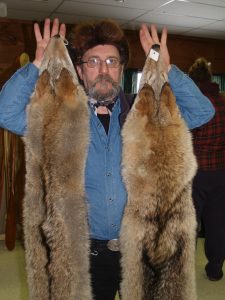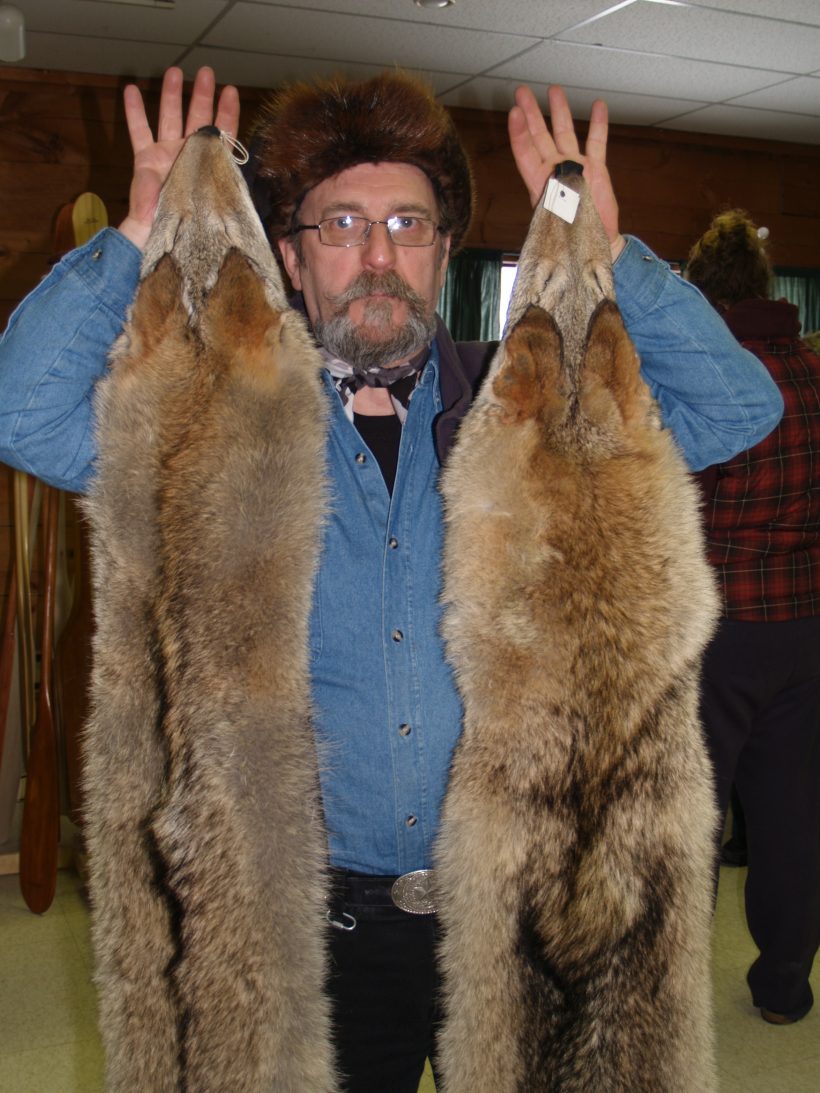
1974 Ontario fur harvest returns
Anyone who takes an interest in wild life and reads the various news media that carry articles along those lines has many times read where groups who consider themselves naturalists and are making certain that our wild life is not entirely wiped out, are widely circulating stories that fur bearing animals are threatened with extinction or serious depletion from over trapping. These groups do not appear to base their writings on statistics released by the Ministry of Natural Resources, for by those figures the take of fur bearing animals is increasing every succeeding year, and still plenty of breeding stock left. In fact the only fur bearing animal in Canada that may be in danger is the pine marten in Newfoundland. This animal, a subspecies of the marten found elsewhere in Canada, never was very plentiful, and are just holding their own. But in the rest of the Dominion, especially in Ontario, the only real complaints are from areas where beaver have become too numerous, the trapping is limited, and in many cases they are a nuisance.
Recently the Ministry has released figures (July) of the furs taken in the period ending May 31st, 1974, and there is still one more fur sale to go. These figures also give the take for the previous year, and anyone reading them would see that fur bearing animals are not headed for extinction.
First, the number of trappers. I do not have the figures before 1952, but we had more trappers just after the last World War ended. Then the setting up of trapping zones meant fewer trappers. In 1952 we had less than 12,000 trappers. The numbers of trappers fluctuated with the price of raw furs on the market. Too, as wages were climbing, fewer men went trapping. The lowest on record is in 1968, when there were 7,497. The previous low had been in 1959, when fur prices were very poor and there were 7,826. Since the 1970’s there has been about 10,000 trappers, give or take a few hundred each year. Last year, due no doubt to the good prices for fur, we had in Ontario 12,515 trappers. This is an all time high, as far as records go. The total was made up of 2,422 registered trappers, 2,788 Registered Treaty, 5,893 Resident, Resident Treaty Farmer and Indian 26, Reserve 1,386.
The total catch: Beaver 165,905, last year, same time 177,386; Mink, 17,946, last year 20,698; Marten, 27,107, last year 27,647; Otter, 7,274, last year 8,666; Fisher, 3,984, last year 5,118; Bobcat, 53, last year 43; Muskrat, 368,887, last year 241,913; Racoon, 37, 727 and last year 28,191; Fox, 13,099, last year 7,963; Timber Wolf, 1,142, last year 783; Coyote or Brush Wolf, 844, last year 376; Bear, 318, last year 284. There are a few other figures, squirrel, weasel, skunk and grey fox, but they are not of much interest. One thing that did interest me was that there was recorded one wolverine taken in Ontario, does not say where, but no doubt in the far north.
What has happened to make fur so plentiful? The only thing must be the present system of fur management. Forty years ago when a few trappers were pestering the Department of Lands and Forests trying to sell the idea of trapping zones, we had a hard time getting the idea across. But when it was finally tried, and the good points could be seen, the Department went all out in helping the trappers. The result is just about the best handled trapping system in North America, perhaps in the world. When I think of the results we claimed would come from such a set up (many times with the traditional tongue in cheek) as we were only wishing, and now results have proven to be better even than we had hoped.
There is one thing all these so called nature lovers and conservationists should digest if they wish. Trappers as I have mentioned before are the only real group practicing real conservation. There is no fur bearing animal in Ontario on the endangered list, and if all other forms of wild life were as well managed as the fur bearers, there would be no need to worry about the future of our wild animals.
